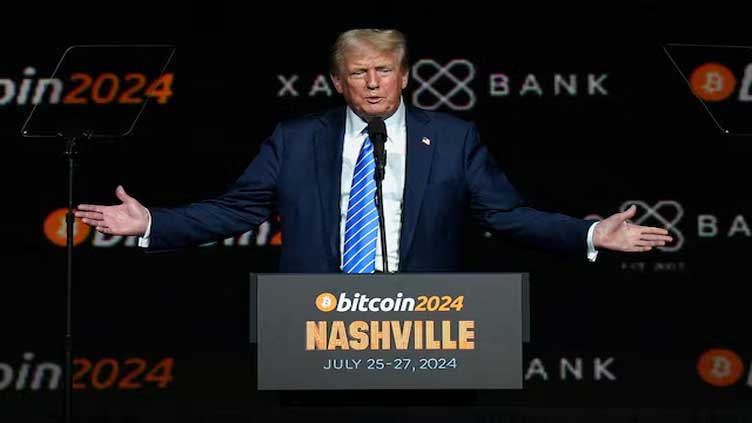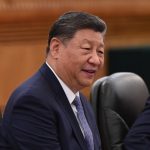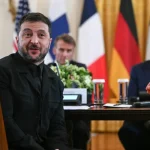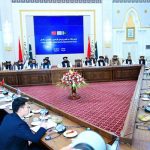US President Donald Trump announced a major trade agreement with Japan on Tuesday, reducing threatened tariffs from 25% to 15% just ahead of an August 1 deadline. Calling it a “massive deal” and possibly “the largest ever,” Trump stated that Japan would invest $550 billion into the US economy, with America retaining 90% of the profits. While specifics of the investment plan remain unclear, the president claimed it would generate hundreds of thousands of jobs.
The deal is particularly significant for Japan’s auto industry, which accounts for 8% of its jobs. Previously facing 25% tariffs on cars and 50% on steel/aluminum, Japan secured a reduction to 15% on autos and parts—with no volume limits. Japanese Prime Minister Shigeru Ishiba hailed the agreement as a major achievement, noting it was the largest tariff cut among US trade surplus nations. The news sent Toyota shares surging over 12%, providing relief to an industry hit by a 26.7% drop in US-bound car shipments in June.
However, challenges remain. US-made cars sell poorly in Japan, with only hundreds of GM vehicles purchased annually compared to millions of Japanese cars in America. Trump also pushed for Japan to increase imports of US rice, oil, and gas—key demands amid rising food prices in Japan. The deal comes as the US pressures multiple nations to renegotiate trade terms, with agreements so far reached only with Japan, UK, Vietnam, Philippines, and Indonesia.
The agreement could signal a shift in global trade dynamics, but experts warn that vague investment terms and uneven auto trade imbalances may lead to future disputes. As Trump continues his aggressive trade policies, the long-term impact of this deal—both economically and diplomatically—remains to be seen.














